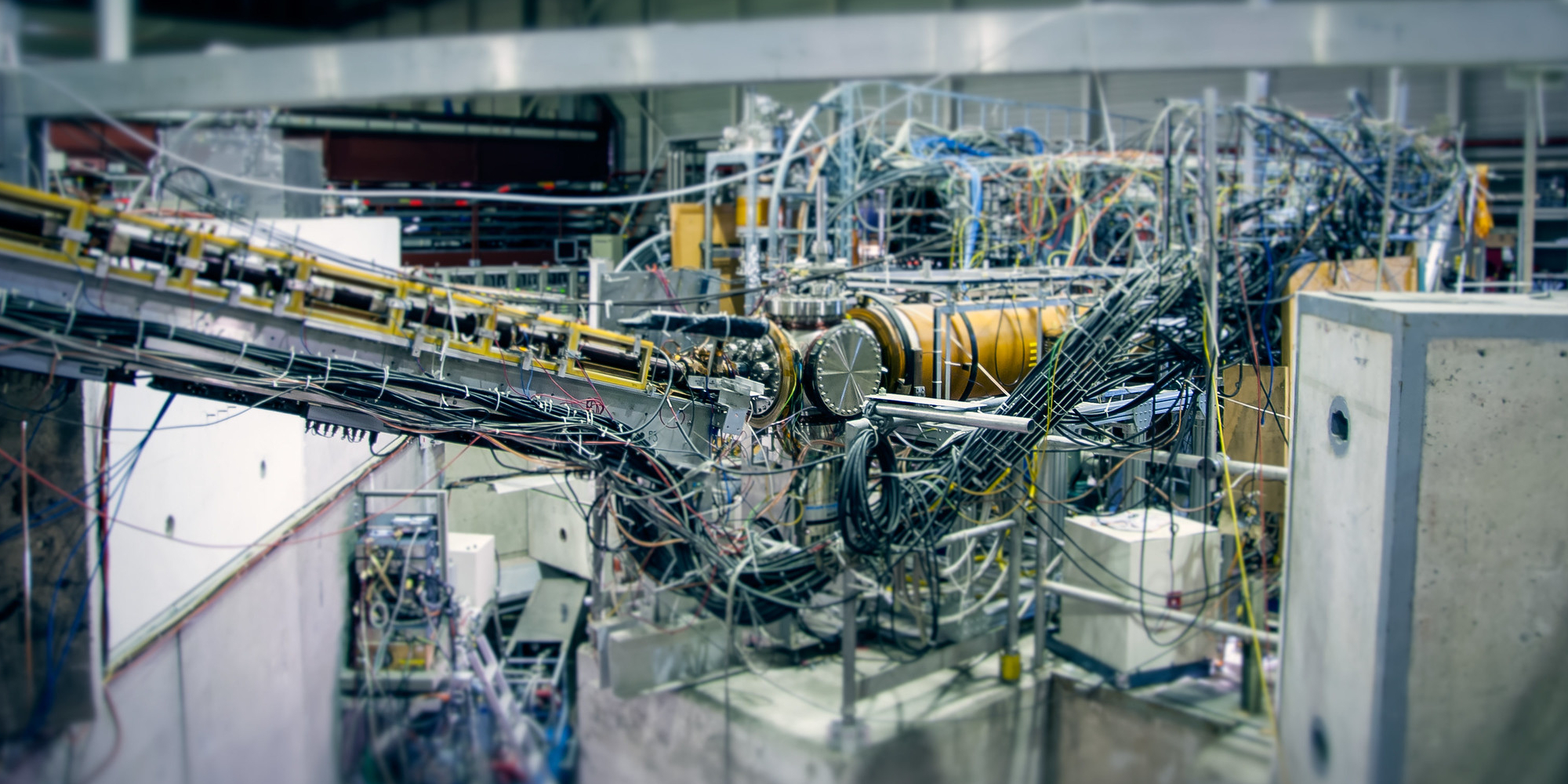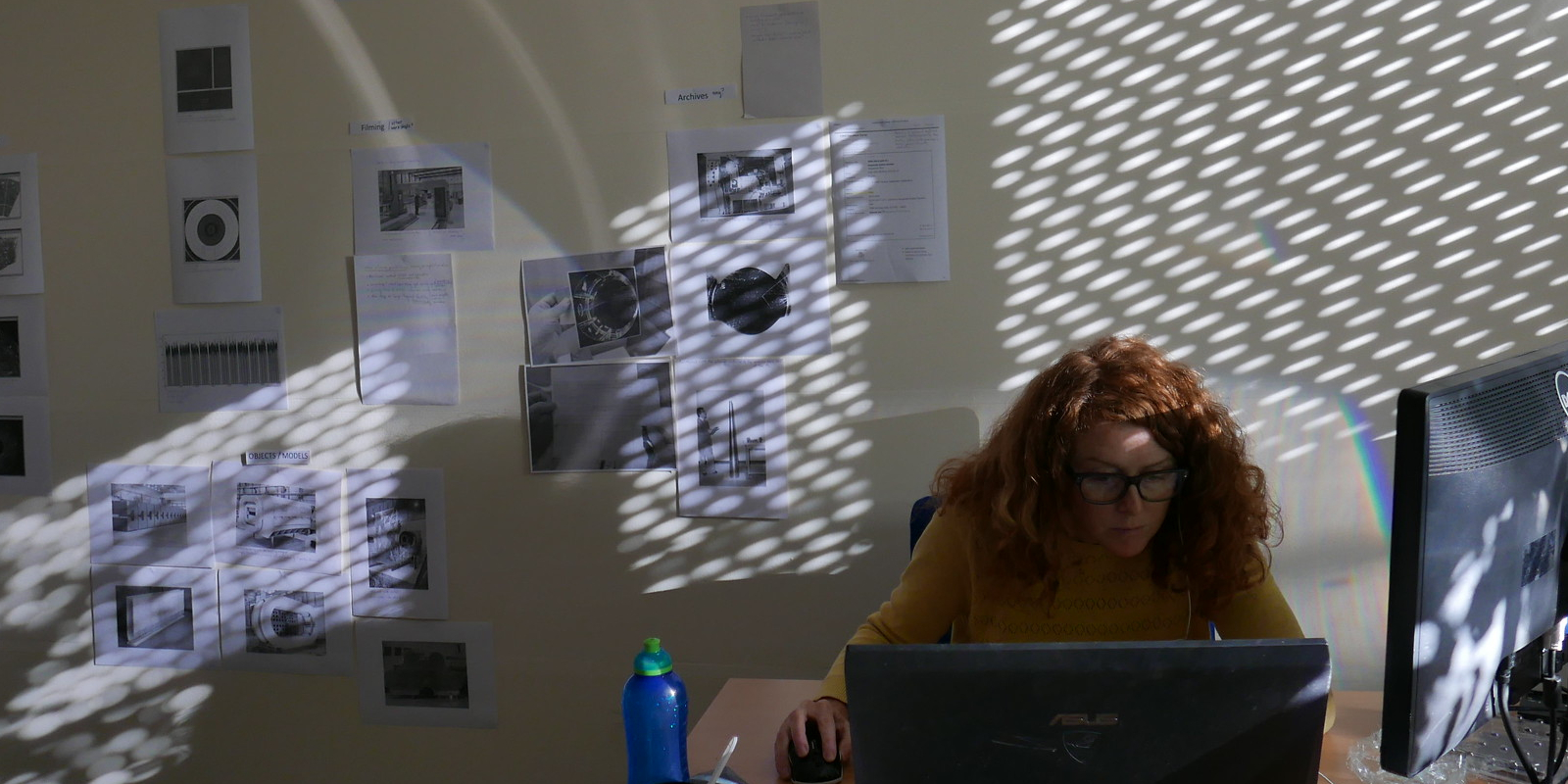Art&Science is no longer just a catchy name that refers to the interdisciplinarity, the interconnection and collaboration of art and science. In recent years, Art&Science has become a credo of Ars Electronica. In collaborations with research institutions such as CERN, ESA, the SETI Institute and renowned universities from Linz to Japan and even the United States, exchange is promoted not only at the content level: An important part of the concept is residencies that bring artists and research institutions together for mutual benefit. The result may be a work of art, a new approach to research, but in any case the realization that both sides can only benefit from collaboration.
In the latest residency, which you can apply for here as of now, there is not only a new partner, but also a new focus: In line with the focus of the ArtCollection Deutsche Telekom on contemporary art from Eastern Europe, the residency is dedicated to artists from or with a connection to this region who work at the interface between art, technology and science and who are particularly interested in researching the social effects of technological developments. Another new feature is that mentoring plays a greater role than in previous residencies. In any case, the results will be on view at the Ars Electronica Festival 2021. We asked Antje Hundhausen, Vice President Brand Experience, Deutsche Telekom, Laura Welzenbach, Head of Export at Ars Electronica, and Anna Grubauer, Project Management at Ars Electronica, what is going to happen until then and what the two partners, Ars Electronica and Deutsche Telekom, expect of each other.
Can you tell us more about the cooperation between Ars Electronica and Art Collection Deutsche Telekom? What can artists expect from this residency?
Antje Hundhausen: The ArtScience Residency is a collaboration between Ars Electronica and Deutsche Telekom and a wonderful addition to the existing activities of the Art Collection Telekom. Since 2010 the collection has focused on contemporary art from Eastern Europe. It is important to us to accompany the artists over a longer period and to offer them the opportunity to work intensively on a project.
As an enabler for digital networking, Deutsche Telekom supports the exchange between research, science, technology, business and art in order to use the findings for the benefit of society. Ars Electronica, with its many years of experience on the interface between the various disciplines, is the ideal partner for us.
What role does the Art Collection Deutsche Telekom see itself playing within the framework of the cooperation? What do you hope for from the cooperation?
Antje Hundhausen: We see ourselves as equal partners and want to support in every way we can – on the technical and scientific level as well as on the artistic side. Since we have a lot of contacts in Eastern Europe, we approach partner-institutions, art academies, galleries and artists to help promoting the residency. We hope that a lot of artists will send their applications – and that we can help realizing some of these ideas over the years.
Whom does the current open call target? Who ultimately selects the artist(s) and to which criteria?
Laura Welzenbach: We are calling for artists from all countries in Eastern and South Eastern Europe. The framework of the artistic concept is not specified: objects or installations, processes and artefacts, performances, screenings or interventions coming from in the following areas like Interactive Art, BioArt, Hybrid Art, AI & Life Sciences, Sound Art, Net Art, Digital Communities, Participatory Art/Crowd Art, Artistic Platform Projects, Art Activism and many more. However, the aim of the artwork should be to critically question technological developments including technological tools but not limited to it.
Anna Grubauer: Every concept submitted for consideration will be evaluated by a jury of experts. Parameters like originality & artistic excellence, compelling conception, innovation as well as technique and quality of the past work in the artist’s portfolio will be taken into account.

What are the benefits of connecting art and science? What are the challenges?
Antje Hundhausen: Linking different disciplines or areas is always a challenging experience. An experience where everybody can win – new approaches, new strategies, new ideas, new insights and maybe even new conclusions. The challenge is to reach a common understanding between the various disciplines. To foster the understanding, the residency will be accompanied and well supported by our strong partner Ars Electronica.
Laura Welzenbach: Art and Science might have different approaches, yet both are seeking for answers and new possibilities. In a world, where technology and sciences are seemingly getting more and more complex, artists can help to communicate the outcomes and translate them into an approachable format. Their work brings the topic closer to a broader audience by connection on an aesthetic or emotional level. Artists often have a keen instinct for shifts in society and can help to reflect on the impact new technologies might have on our lives. However, they may ask fundamental questions, that challenge the established processes and thought patterns. For a successful cooperation, both sides need to be open to think outside of their comfort zone.
But most importantly, both sides can benefit from each other’s perspectives and jointly develop interdisciplinary approaches. Connecting arts and sciences can lead to outcomes that reach beyond each field.

How can the artist(s) benefit from the different environments?
Anna Grubauer: Artists have proven to bring in new ideas and perspectives into research projects. But the exchange is not one-sided. Artists also benefit from the knowledge and approaches of their scientific partners. They might discover new tools, technical instruments and overall ideas for their artistic practices.
For this ArtScience Residency, a research partner institution will be proposed specifically for the selected artistic concept. The artist(s) will profit from a mentoring processes by the chosen institution and use the time and resources to develop their artistic research.
Laura Welzenbach: This is followed by a second part in Linz at Ars Electronica, where the artist(s) will be able to realize their ideas. Knowledge carriers from Ars Electronica and the Ars Electronica Archive will be available to give support throughout the implementation process.
What are the advantages of the residency format?
Anna Grubauer: During a residency, artists get the possibility to break out of their usual habitat and get challenged by new territories. But also the scientific partner will benefit from the intensive collaboration. By spending weeks in a row together, both sides will not only get the chance to dive deep and really understand each other’s approaches but also learn from each other and adapt their own practices. Beyond the professional exchange, a residency usually also means a cultural exchange too. By sharing ideas and perspectives, completely new ways of thinking may emerge.

What advice would you give artists who want to submit their projects?
Anna Grubauer: We are looking for projects that leave the beaten track and take a look at new phenomena. We also encourage transdisciplinary works that extend beyond the field of art and science, by raising questions of social responsibility, for example. With the ArtScience Residency, we clearly want to foster new art forms and innovation.
Antje Hundhausen: The main advice: just do it.
“The main advice: just do it.” – Antje Hundhausen, Vice President Brand Experience, Deutsche Telekom
Antje Hundhausen, Vice President Brand Experience, Deutsche Telekom
Laura Welzenbach, Head of Export, Ars Electronica
Anna Grubauer, Project Management, Ars Electronica
